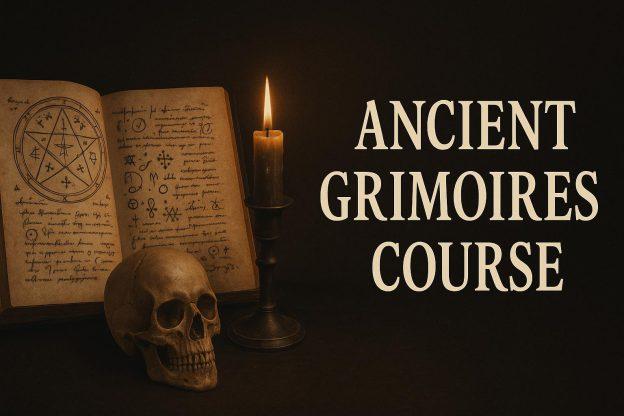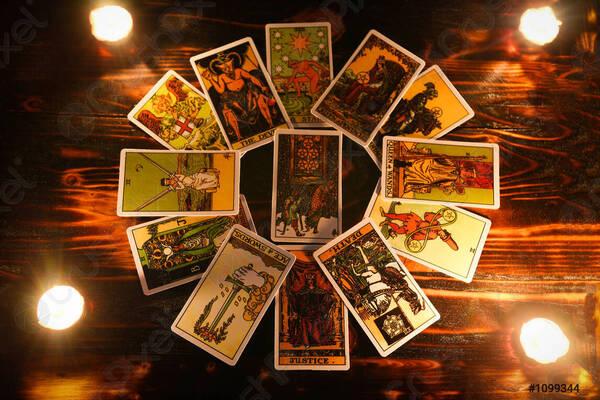The Enigma of Rhynie Man: Scotland’s Pictish God Re-Examined
Aberdeenshire, Scotland – 2025
Unearthing a Forgotten World
In the rolling farmland north of Aberdeen, the quiet village of Rhynie conceals one of Britain’s most intriguing archaeological landscapes. Since 2011, researchers from the University of Aberdeen and the Rhynie Environs Archaeological Project (REAP) have been piecing together a royal centre that flourished during the early medieval period — a time when the Picts ruled much of northern Scotland.
Among the many artefacts uncovered is the formidable “Rhynie Man,” a metre-high slab of grey gneiss carved with the image of a bald, bearded warrior wielding a long-handled axe. The stone was unearthed accidentally by a farmer in 1978 and has puzzled scholars ever since.
Recent 3-D scans and digital analyses conducted by the University of Aberdeen in 2024–2025 have revealed finer details of the carving, reigniting debate over whether this stern figure might represent a Pictish chieftain, a ritual specialist — or even a pre-Christian god.
A Reassessment of the Icon
“Rhynie Man has always stood apart from other Pictish stones,” explains Professor Gordon Noble, head of archaeology at the University of Aberdeen and co-director of REAP.
“His physical realism, the weapon, and the context beside a high-status settlement all point to a figure of great significance — perhaps even a deity once venerated in the region.”
(BBC Scotland, 16 March 2021; University of Aberdeen Press Office, 2024)
While some have speculated a resemblance to Woden/Odin, early comparative studies suggest the carving belongs firmly to the Pictish symbolic system, where images often carried layered political and spiritual meanings. The new scans revealed tool marks consistent with other seventh-century stones, situating Rhynie Man within a network of royal and ceremonial monuments.
Rhynie: A Royal and Ritual Landscape
Excavations around Barflat and Tap o’ Noth hillfort have exposed timber halls, imported Mediterranean pottery, and fragments of fine glass — evidence that Rhynie was a seat of elite power between the sixth and eighth centuries CE.
Radiocarbon dating of charcoal layers published in Antiquity (2024) confirms continuous high-status occupation, linking the site to a line of Pictish rulers mentioned in early chronicles.
“The concentration of symbol stones, feasting debris, and metal-working waste suggests Rhynie functioned as both a political court and a ritual complex,” notes Dr Nick Evans, REAP field archaeologist. “It was a place where authority and belief met in stone and fire.”
From Pagan Kings to Christian Saints
By the ninth century the Picts had largely merged into the emerging kingdom of Alba, and their religious imagery faded under Christian influence. Yet local folklore in Aberdeenshire still whispers of a “one-eyed man” or forest guardian near the old stone’s resting place — echoes, perhaps, of a god who refused to die.
For Occult World readers, Rhynie Man embodies that transition between myth and memory: a pagan image absorbed, but not erased, by the Christian north.
Technology Meets Legend
In 2025, the University of Aberdeen began high-resolution LiDAR mapping and drone photogrammetry of the Rhynie complex to integrate all finds — from symbol stones to fortifications — into a single 3-D digital model.
The data will appear in the forthcoming Digital Picts Atlas, a public online resource supported by Historic Environment Scotland.
“These technologies let us experience Rhynie as a living landscape,” says Prof. Noble.
“It’s about re-connecting with how Pictish people used imagery, space, and ceremony to express power and belief.”
Enduring Mystery
No one can say for certain who Rhynie Man was.
A king, a warrior-saint, a god of the dead — or all three intertwined.
Yet his enduring stare, carved thirteen centuries ago, continues to bridge archaeology and mythology, science and spirit.
Verified Sources (2021 – 2025)
- University of Aberdeen Press Office, “Pictish royal power centre continues to reveal its secrets” (April 2024).
https://www.abdn.ac.uk/news/15621/ - BBC News Scotland, “Could Rhynie Man be a Pictish god?” (16 March 2021).
- Historic Environment Scotland, Rhynie Pictish Stones Listing (updated 2025).
- Noble, G. & Evans, N., Antiquity Journal, Vol. 98 (2024) – “Rhynie and the Emergence of Pictish Kingship.”
- Press & Journal (Scotland), 3 May 2024 – coverage of ongoing Rhynie excavations and digital scanning project.










